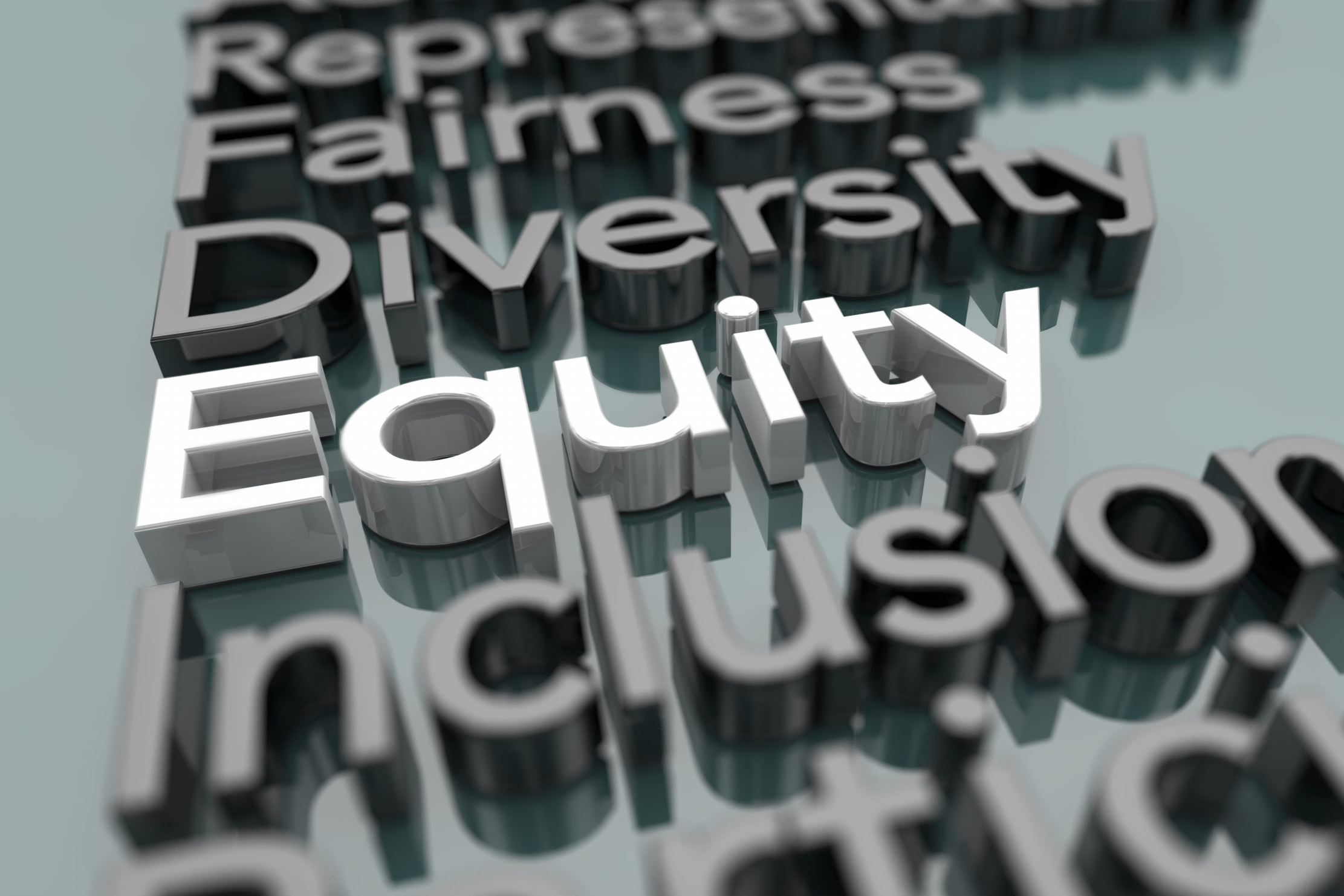
The Center for Effective Philanthropy reports that 70% of organizational leaders in the nonprofit sector consider staff diversity to be of great importance, yet only 36% believe they have actually achieved it. Nonprofit organizations that fight to improve social problems should consider incorporating explicit language on the importance of diversity, equity, and inclusion (DEI) in their governance documents in attempt to achieve “race equity” (defined by Equity in the Centre as “the condition where one’s race identity has no influence on how one fares in society”). A sector dedicated to the benefit of the public should be at the forefront of encompassing DEI provisions, and nonprofits should accept the responsibility of taking appropriate action to remove inequalities within their own organizations.
In the nonprofit sector, there is an evident racial leadership gap. According to Building Movement Project’s report, “Race to Lead: Confronting the Nonprofit Racial Leadership Gap,” in the United States, where people of color (POC) make up 40% of the population, the number of POC in the role of executive director/CEO has continued to stay under 20% for the last 15 years – even in a sector where POC may be more interested in becoming CEOs than whites. Organizations should choose to address this issue of inadequate representation for minorities by incorporating DEI provisions into their governance documents.
DEI Goals for Organizations
This year, Equity in the Center, a collaborative initiative by ProInspire, released their report, “Awake to Woke to Work: Building a Race Equity Culture,” introducing the Race Equity Cycle, which suggests DEI provision goals for an organization and is as follows:
- Awake: “The primary goal is representation, with efforts aimed at increasing the number of people of different race backgrounds.”
- Woke: “The primary goal is inclusion and internal change in behaviours, policies, and practices”
- Work: “The primary goal is integration of a race equity lens into all aspects of an organizations.”
DEI Helps Nonprofits Advance Their Mission
Evidence supports the premise that diversity in the workplace drives innovation and makes us smarter. In addition, DEI provisions may help nonprofits better advance their mission. When the composition of a nonprofit’s board goes against its own values, it weakens its credibility. Therefore, by including DEI principles in governance documents, nonprofits may help advance their own mission by clarifying and supporting their values.
Governance Documents and DEI
Nonprofits should consider adding DEI provisions to their governance documents or policies to address inequities within their own organizations as another way they can advance their charitable missions. Adding DEI provisions into the Bylaws will hold the nonprofit and its board of directors accountable and is a way of publicly committing to inclusive practices of cultural equity. This might include a section on nondiscrimination within the membership provisions, adding a statement of values, or including a required ratio of diversity for board members.
A sector that is led, operated, and maintained by a single ethnic group may foster tokenism – a “covert racism… giving those in power the appearance of being non-racist and even champions of diversity because they recruit and use POC as racialized props”. An appropriate ratio of diversity, discussed and implemented by the board in agreement with the nonprofit’s mission, can make sure that minorities have significant roles within the organization. In extreme cases, the appropriate ratio may be complete representation by a single demographic group. For example, the YWCA USA’s Board of Directors is comprised of 100% women. However, boards should be very careful and intentional about making such choices, that in some cases may face vigorous criticism of discriminatory practices.
One potential issue with adding DEI statements in the Bylaws is the possible need for changes to the Bylaws to be reported to the IRS and/or a state agency. Because DEI statements may be subject to continual change, particularly if they have been recently developed, it may be more practical to reference in the Bylaws that the board shall adopt and cause to be enforced a separate DEI policy. DEI provisions may be placed in an organization’s Code of Ethics, Code of Conduct, or in its own policy.
Example of a provision in the Bylaws that references a separate DEI policy:
“This corporation and the Board are committed to incorporating the values of diversity, equity, and inclusions (“DEI”) in the governance and operations of this corporation. These values shall be codified in a DEI policy adopted by the Board.”
In an increasingly diverse nation, nonprofits should address the “diversity deficit”. And all organizations should challenge the biases embedded in society, promote diverse leaders, operate consistent with their values, and follow their purpose.